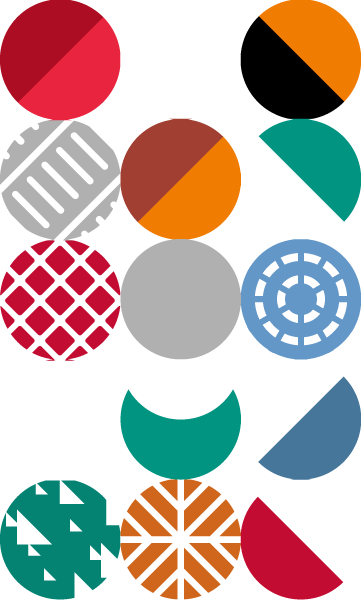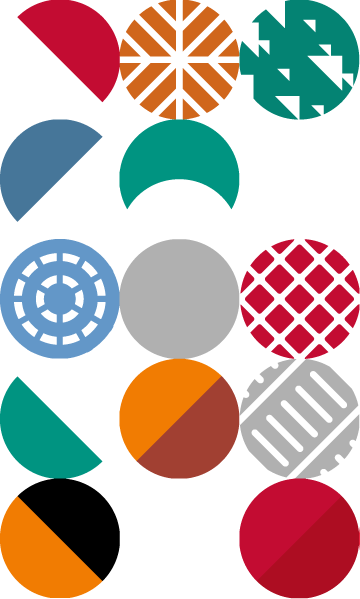Spain is a place of traditions, for example, when we talk about the festival of San Fermin, a festival that stands out for its running of the bulls; where different runners dressed in white and red scarves try to escape from the bulls.
Spain is also a very important gastronomic place, due to its high quality at international level and the variety of products available.
Cheese, a good example of Spanish tradition, offers an important number of types and flavors. There is a great variety of cheeses: cured, semi-cured, fresh, goat, sheep, cow and many more; all with peculiarities that make them unique.
The cheese quality represents a gastronomic marvel. Each region provides different varieties of cheese; it depends on its climate, geography or the processes used to make the cheese.
In the case of our province, Zamora, cheese is its great hallmark and one of the most important food products of Castilla y León, not only for its quality, but also for being the only one with Protected Designation of Origin in the region. It is produced, processed and cured in Zamora and exported to many countries around the world.
Leaving Zamora and talking about Spain, in the northern part, in the area of Asturias and Cantabria, the cheeses made with cow’s milk stand out, being Cabrales cheese an example of this. This is a blue cheese with a buttery texture characterized by its strong and intense flavor. Further west, in the area of Galicia, Tetilla cheese stands out, which has a mild, acidic flavor and a creamy texture.
In other regions, such as Castilla-La Mancha, Manchego cheese is produced, a cheese experience made from sheep’s milk and with a Protected Designation of Origin. On the other hand, we cannot forget the Majorero Cheese, made from goat’s milk and typical of the Canary Islands.
The cheese culture takes into account the family tradition, the raw material used and the traditional techniques that have been used for years to make a good cheese.
Cheese production in the traditional way
The elaboration of cheese is a technique that must be carried out by a person who has knowledge about it, since the raw material in each region of our country has characteristics that differentiate it from the rest.
It should also be noted that the most important part of making a good cheese is the process of transforming milk into cheese, which consists of:
- Milk treatment
- Coagulation
- Curd processing
- Molding and pressing
- Salt bath
- Maturation and fine-tuning
Protected Designations of Origin in the cheese sector
A product with a Protected Designation of Origin is one that has certain levels of quality or characteristics due to the geographical environment. More specifically, to its natural and human factors, and that its production and transformation is carried out in the same geographical area from which it originates.
In Spain, up to thirteen Autonomous Communities have at least one declared cheese Denomination of Origin.
There are 29 cheese quality figures throughout Spain:
- Galicia: San Simón da Costa, Arzúa-Ulloa, Tetilla and Cebreiro
- Asturias: Afuega’l Pitu, Casín, Gamonedo, Los Beyos, Valdeón, Cabrales and Picón Bejes-Tresviso.
- Cantabria: Liébana and Cream of Cantabria
- Basque Country: Idiazabal
- Navarra: Roncal
- La Rioja: Camerano
- Castilla y León: Zamorano
- Catalonia: L’Alt Urgell and la Cerdanya
- Extremadura: Torta del Casar, Ibores and La Serena
- Castilla-La Mancha: Manchego
- Murcia: Murcia Cheese and Murcia Cheese in Wine
- Canary Islands: Palmero, Flor de Guía and Majonero.
- Balearic Islands: Mahón-Menorca
Cheese has shown that it is not only a fundamental product in Spanish gastronomy, but it has also gradually gained recognition outside the country for its quality and variety.
It can be used in salads, as a tapa or in sandwiches. It is a food that you can combine in different ways and that will always keep the flavor and texture that characterizes it.
You can also enjoy cheese in different fairs such as Fromago a national and international fair held in Zamora.
The interprofessional of the Spanish dairy sector INLAC has launched the campaign ‘Cheese with cheeses from Spain’ with the aim of publicizing the immense wealth of cheese in our country with more than 150 varieties of cheeses.
This campaign aims to show that talking about cheese is not only about gastronomy, but also about people, nature, culture and health.
So, if you are a cheese lover, you should definitely try Spanish cheeses and what better place to enjoy them than coming to FROMAGO, in Zamora from September 12 to 15, 2024.



